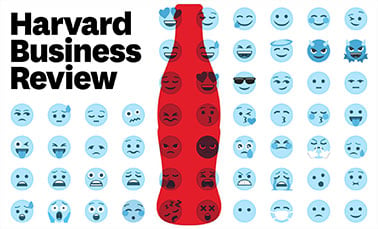The next revolution in branding…cultural branding
The cover story on branding for the social media age in the recent issue of Harvard Business Review has me both anxious and eager about the concept of cultural branding. In it, the article’s author, Douglas Holt, made a bold statement:
“BRANDED CONTENT IS NOT RELEVANT, AND PERHAPS HASN’T BEEN SINCE THE DAWN OF THE DIGITAL AGE.”
Douglas Holt
“Branding in the Age of Social Media”
Harvard Business Review, March 2016
Holt comments “Consumers have very little interest in the content that brands churn out. Very few people want it in their feed. Most view it as clutter – brand spam.” So how do brands compete in today’s social media environment? Cultural branding, or championing ideologies that are important to customers, is the solution according to Holt. To do that, he says, requires an understanding and targeting of crowdcultures.
Holt discusses the rise of the crowdculture. These groups were once the lunatic fringe, and now are densely networked, intensely collaborative communities that are influencing, if not defining, cultural ideology and entertainment at peak velocity via social channels. Think gaming comedy, gross-out indulgent food or anti-industrial-food, and you’ve identified crowdcultures.
Cultural branding taps into these crowdcultures. The author uses the example of Chipotle and its films “Back to the Start” and “Scarecrow,” which catapulted the brand’s equity among consumers who were questioning the value and safety of industrialized foods. No matter how you feel about the brand, you have to admit Chipotle brilliantly championed a lunatic-fringe concern, elevated it to a broad public issue and made a lot of money doing so. Yes, the same Chipotle that jumped the shark when they took on the anti-GMO cause and then crashed with the E. coli and norovirus contaminations.
Trendspotting and content creation won’t be good enough going forward. Holt suggests brands that follow trends are commodities. Agencies will need to help clients identify – and even anticipate crowdcultures – and then help them shape and assert a point of view that resonates and rallies these crowdcultures…credibly. It feels daunting. It seems radical and counter-intuitive to how agencies serve brands. And it’s going to require more listening and digging to find the cultural opportunity and bolder, smarter strategies to capture the ideology.
Are we ready for the next revolution in branding from branded content to cultural branding?


